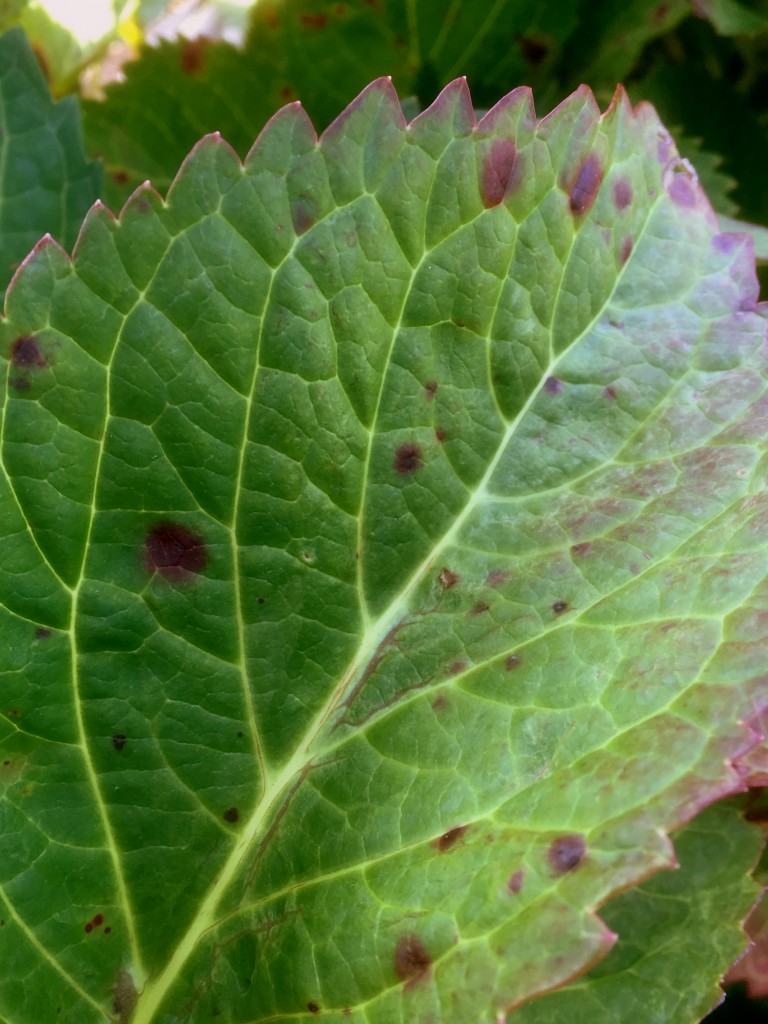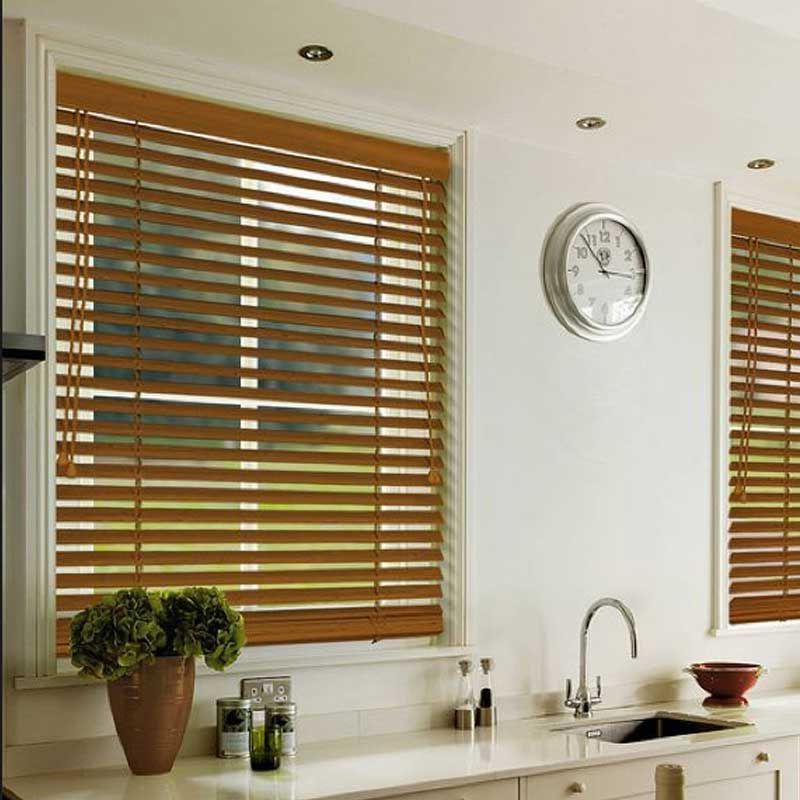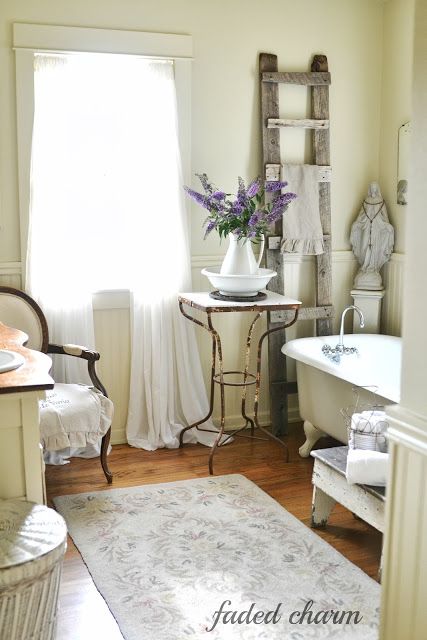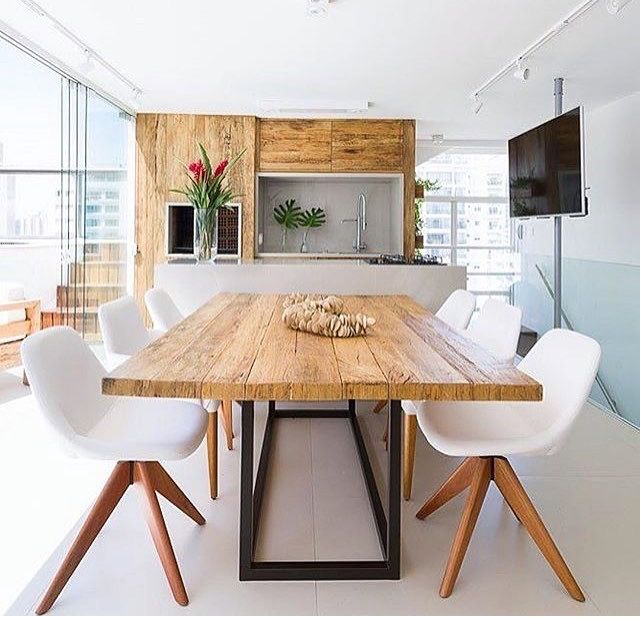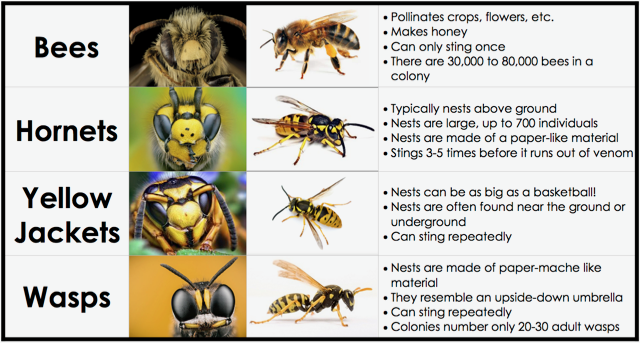Hydrangeas leaves brown spots
How to Get Rid of Brown Spots on Hydrangea Leaves
Hydrangeas are elegant and unique flowers that are perhaps best known for their ability to change color based on soil pH. They’re a popular choice for traditional gardens, container gardens, and even cut or dried flower arrangements. They can grow from cuttings, seeds, or starts, and are fairly easy to care for.
Contents
- Cercospora
- Anthracnose
- Rust
- Sunburn
However, they can sometimes develop unpleasant brown spots on their leaves. Brown spots on hydrangea leaves can be caused by several different things, although the most common causes are fungal infections. Keep reading to figure out what is causing your hydrangea leaves to turn spotty and to find out how to treat it.
Cercospora
The fungus, Cercospora beticola, causes Cercospora leaf spots on your hydrangeas. When water falls on the leaves, either from rain or overhead watering, the water droplets pick up the fungal spores. As they splash, the droplets then carry the spores to other nearby leaves, spreading Cercospora throughout the plant.
Cercospora is characterized by small round spots. It creates light brown centers and reddish-purple edges. If left untreated, the spots can grow and consume most of the leaf it’s on. Cercospora can cause damage to the plant, primarily through leaf loss, but it rarely kills mature hydrangea plants.
The easiest preventative measure is to avoid watering your hydrangeas from overhead. Instead, water below the leaves. Additionally, avoid planting hydrangeas in an area where plants have previously been infected with Cercospora. Removing infected leaves, both those on the plant and any that have fallen off, can help prevent further spread. In most cases, you can treat Cercospora with fungicides, especially those containing chlorothalonil.
Anthracnose
Anthracnose is caused by fungus in the Colletotrichum genus. It spreads in a similar way as Cercospora, by water droplets splashing against leaves. The first signs of anthracnose are small black and tan spots across the leaves. At this stage, it may appear similar to Cercospora. A notable difference is that Cercospora spots have a red or purple tint to the edges. Anthracnose may then develop acervuli and cankers. Acervuli look like thin black hairs or spikes, while cankers are sunken sores. These can spread from the leaves to the stems, and spots may appear on the flowers themselves.
The first signs of anthracnose are small black and tan spots across the leaves. At this stage, it may appear similar to Cercospora. A notable difference is that Cercospora spots have a red or purple tint to the edges. Anthracnose may then develop acervuli and cankers. Acervuli look like thin black hairs or spikes, while cankers are sunken sores. These can spread from the leaves to the stems, and spots may appear on the flowers themselves.
Prevention is key for anthracnose, as severe cases are difficult to get under control. Avoid watering from overhead or planting hydrangeas in areas where anthracnose is present. Fungicides containing chlorothalonil or copper-based sprays can be effective at treating anthracnose. Remove any leaves, stems, or flowers that show signs of anthracnose to limit the spread.
Rust
Hydrangea rust is caused by the fungus Pucciniastrum hydrangea, and it’s fairly easy to identify. You’ll only find hydrangea rust on smooth hydrangeas, although the fungus also uses hemlock as a host. As the name suggests, rust spots are orange. They are usually on the underside of the leaves, but the tops of the leaves may develop yellow blisters and brown patches. Although it looks unpleasant, it isn’t fatal to the plant.
As the name suggests, rust spots are orange. They are usually on the underside of the leaves, but the tops of the leaves may develop yellow blisters and brown patches. Although it looks unpleasant, it isn’t fatal to the plant.
Avoid planting smooth hydrangeas in areas where you’ve previously found hydrangea rust. Additionally, don’t plant smooth hydrangeas near hemlock or in the same location where hemlock previously grew. Watering from overhead can increase the fungal spread.
Remove any infected leaves, including those that have fallen off the plant. Prune your hydrangea to increase airflow and disinfect your pruning shears to avoid spreading the fungal spores. Fungicides aren’t effective for treating rust.
Sunburn
Hydrangeas are shade-loving plants, so they are particularly sensitive to sunburns. If your plant has sunburns, you’ll see irregularly shaped patches of brown on the tops of the leaves. Some sunburns may also look white or have a tint of yellow or red.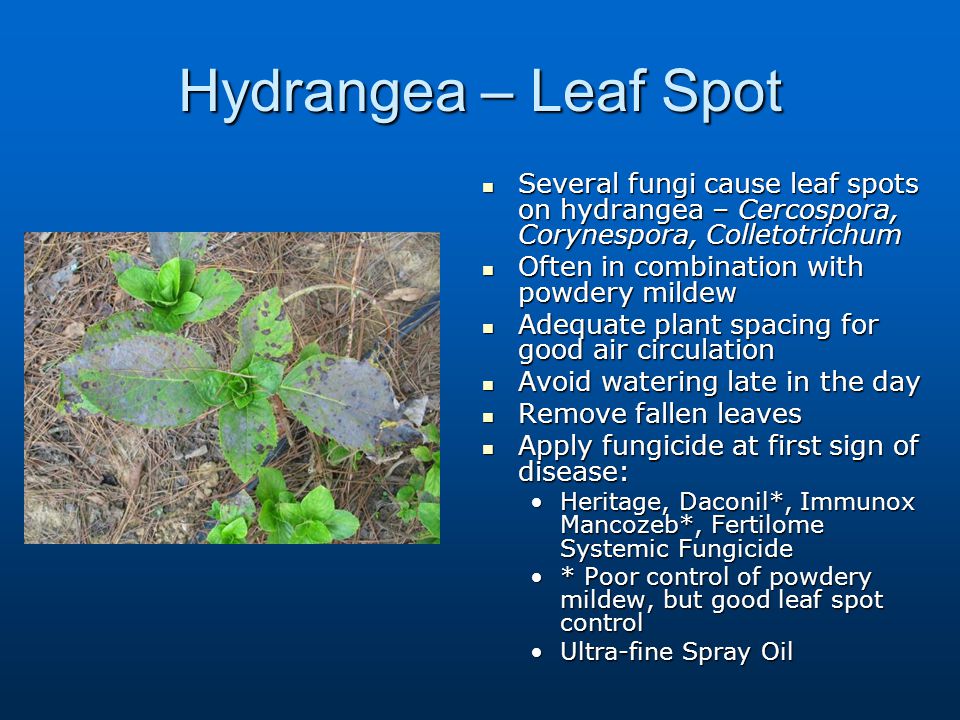 The size and shape of a sunburn depend on how much of the leaf was exposed to direct sunlight. You can easily distinguish a burn from a fungal infection because a sunburn is rarely circular and it doesn’t spread in the same way that a fungal infection does.
The size and shape of a sunburn depend on how much of the leaf was exposed to direct sunlight. You can easily distinguish a burn from a fungal infection because a sunburn is rarely circular and it doesn’t spread in the same way that a fungal infection does.
Sunburn is caused by consistent exposure to direct sunlight. Luckily, this means it is easy to prevent. Plant your hydrangeas in the shade. If they are in partial sun, make sure they have shelter during the brightest part of the day. If your hydrangeas are near the edge of the shade, you may notice that as the plant grows, sections of it are no longer in the shade. Pruning can help control the size and shape of your hydrangeas.
Sunburn can’t be reversed, but it isn’t fatal. Move the plant away from direct sunlight to avoid further damage. You can remove severely burned leaves, while you can also remove leaves that are only lightly burned or leave them.
Hydrangeas are delicate-looking flowers, but they’re more resilient than you might think.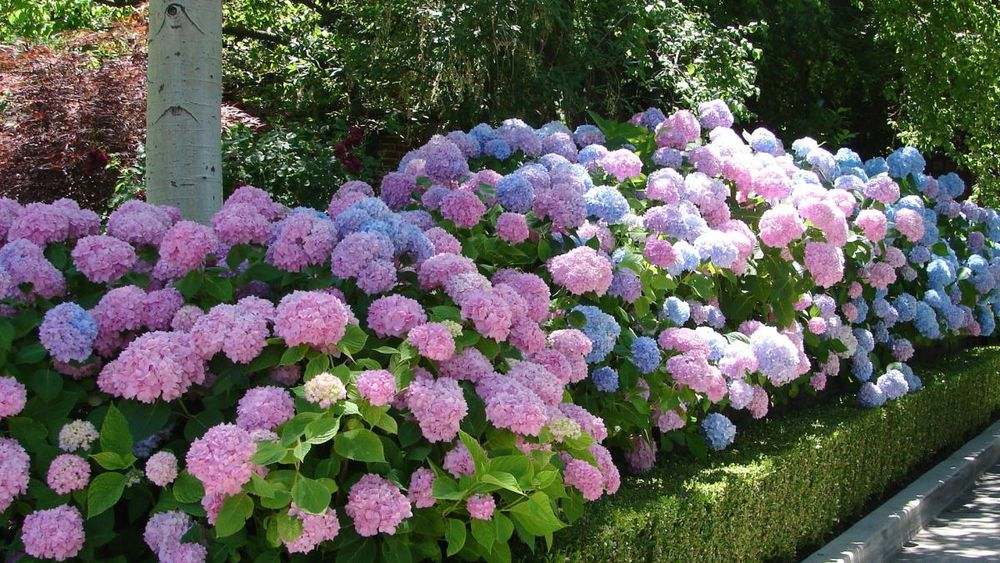 Anthracnose and Cercospora are both avoidable and treatable. Rust and sunburn cause unpleasant blemishes, but they are easy to avoid through careful planting. Now that you’re able to identify the causes of brown spots on hydrangea leaves and you know how to deal with them, you can ensure your hydrangeas continue to thrive.
Anthracnose and Cercospora are both avoidable and treatable. Rust and sunburn cause unpleasant blemishes, but they are easy to avoid through careful planting. Now that you’re able to identify the causes of brown spots on hydrangea leaves and you know how to deal with them, you can ensure your hydrangeas continue to thrive.
Editors' Recommendations
- A guide to winter lawn fertilizer for keeping your turf healthy this season
- Complete guide to red thread lawn disease: How to keep your yard lush and green
- How to test your new home’s soil to ensure outdoor plants will thrive
- What you need for a gorgeous indoor rose plant
- How to properly prune your rose bushes to keep them looking lush and beautiful
Why brown spots on hydrangea leaves appear – and an expert trick to cure them |
(Image credit: Leigh Clapp)
The question of how to treat brown spots on hydrangeas is one that many gardeners may face as the flowers blossom over summer. Hydrangeas are beloved for their blue, pink and yellow-green blooms, and there is nothing quite so diminishing as premature brown spots to ruin their aesthetic.
Hydrangeas are beloved for their blue, pink and yellow-green blooms, and there is nothing quite so diminishing as premature brown spots to ruin their aesthetic.
Knowing how to grow hydrangeas correctly is among the most impactful ways you can prevent brown spots from arriving. However, infection can still occur. Brown spots are (most frequently) caused by the fungus Cercospora that commonly exists in your soil. It usually reaches the plant through overhead watering or rainfall.
So, while you may know when to plant hydrangeas for optimum growth, it’s equally important to know how to treat brown spots if they arrive. The secret? Compost tea, say garden experts.
Treating brown spots on hydrangeas – with compost tea
(Image credit: Annaick Guitteny)
Compost tea – the (homemade) liquid version of solid compost material – is an organic yet powerful way to treat brown spots on hydrangeas. So, it’s unsurprising that it’s so favored by experts. Here’s how they’re apply it.
Here’s how they’re apply it.
How to make compost tea
'Compost tea is an easy-to-make natural remedy for brown spots on hydrangea leaves,' says Jason White, the CEO of All About Gardening . To do so, he recommends using an old pillowcase or a burlap bag and filling it with compost.
'This will act as your tea bag as you place it in five gallons of water and leave it to steep for three days,' he says. After this time, Jason suggests pouring the liquid into a spray bottle [such as this one on Amazon ] and applying it to the brown leaf spots of your hydrangeas.
Expert Jen Stark similarly encourages gardeners to try this compost tea remedy. 'Adding compost tea to a spray bottle and spritzing it on the brown spots on your plants can help remove them,' she adds.
(Image credit: Future)
How does compost tea treat brown spots on hydrangeas?
How does this organic treatment fight this common problem? Jason explains that the compost tea has beneficial bacteria that will effectively fight the bacteria responsible for brown leaf spots in the hydrangeas.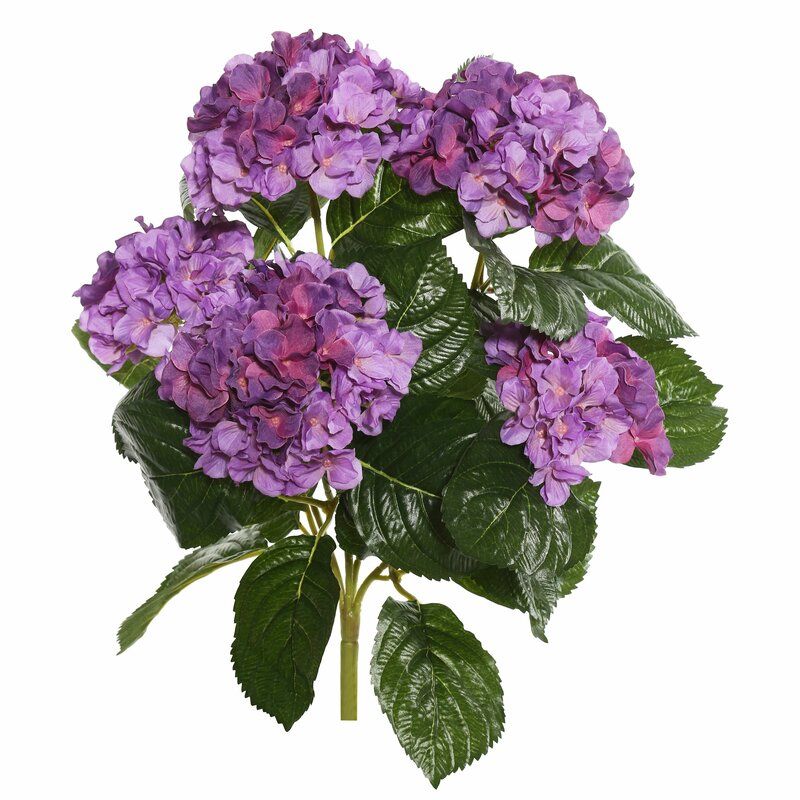
And, to protect your plant further, he suggests spraying the plant with diluted liquid kelp to boost its immune system so as to prevent the spots from recurring.
(Image credit: Proven Winners )
Why do my hydrangeas have brown spots on the leaves?
As the experts suggest, the most common cause of brown spots is the fungus Cercospora. However, certified master gardener, Gabriel J. Croteau suggests the problem could be down to its general growing conditions, too.
'Hydrangeas need full sun to grow well and bloom. If the plant has been growing in the shade or partial shade, then you should move it into a sunnier spot,' he says. Therefore, when considering where to grow your flowers, and what to plant with hydrangeas, it is important to choose a spot that receives lots of sunlight.
'Using compost tea is an accessible way to treat brown spots quickly and effectively,' adds H&G's garden expert, Rachel Crow. 'If you face these spots – whether from Cercospora or lack of sunlight – this trick will cure your plants back to health. The only thing left to know is how to prune hydrangeas to extend their lives further.'
The only thing left to know is how to prune hydrangeas to extend their lives further.'
Megan is the News and Trends Editor at Homes & Gardens. She first joined Future Plc as a News Writer across their interiors titles, including Livingetc and Real Homes. As the News Editor, she often focuses on emerging microtrends, sleep and wellbeing stories, and celebrity-focused pieces. Before joining Future, Megan worked as a News Explainer at The Telegraph, following her MA in International Journalism at the University of Leeds. During her BA in English Literature and Creative Writing, she gained writing experience in the US while studying in New York. Megan also focused on travel writing during her time living in Paris, where she produced content for a French travel site. She currently lives in London with her antique typewriter and an expansive collection of houseplants.
descriptions with photos and treatments
Cottage and garden 06/30/2020 Elena Sidikhina
Photo: sad-fialok. ru
ru In order for the lush hydrangea inflorescences to open in all their glory, the plant must be healthy. After all, your favorite flower beds suffer in the same way from fungi, infections and other problems. Almost all of them first of all affect the leaves. And here's what you should pay attention to!
Leaves turn yellow and dry
When hydrangea leaves begin to die off in autumn, the plant is getting ready for dormancy. But if doubtful signs appear at the height of the season, we recommend that you find their cause as soon as possible! nine0003
- Leaves turn yellow and fall off in heat due to insufficient watering or lack of nutrients;
- Dry spots remain due to sunburn, so the hydrangea should not be sprayed in the heat of the day. Water drops work like a lens and exacerbate the situation;
- Yellow spots between green veins is non-infectious chlorosis, which indicates malnutrition. Do not forget about complex top dressing and do not grow hydrangeas for too long in one place;
- Yellow dots spread more and more if aphids eat the leaves on the back;
- Due to the low acidity of the soil, not only leaves fade, but also hydrangea flowers.
Brown spots on hydrangea leaves
In addition to yellow spots on the leaves, there are also brown spots - a consequence of a fungus or nutritional deficiency. Quickly start treatment before the infection spreads to other flowers!
- Bright orange stains from rust fungus that spreads on damp, cool days; nine0003
- Hydrangea leaves darken, wither and become shapeless due to stress: temperature fluctuations, chronic overflows or too heavy soil;
- Yellow spots of peronosporosis darken very quickly, become brown and soft;
- Brown stains of several shades of brown leaves septoria. Leaves and shoots of hydrangeas that are already too affected cannot be saved;
- Viral ringspot leaves dark spots with whitish centers. Gradually, there are more and more of them, and they turn into necrotic foci. nine0003 Photo: pocvetam.ru
Hydrangea leaves turn black
Hydrangea leaves rarely turn black, and most often this indicates a bacterial infection or rot.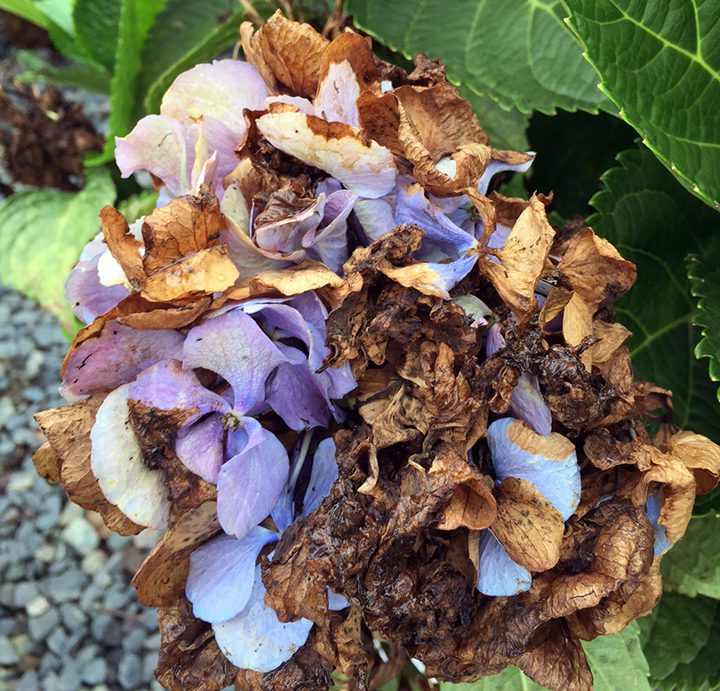 The count goes literally for days if you want to try to save the plant.
The count goes literally for days if you want to try to save the plant.
- Due to bacterial fire, young leaves with shoots turn black and seem to burn out;
- Black fungal growth leaves a sooty fungus which is regularly spread by insects;
- Hydrangea leaves are covered with black spots, ulcers and swellings due to root cancer; nine0003
- Black dry spots randomly spread over the leaves from the edge if watering the hydrangea with too hard water;
- Nematodes destroy the root system, due to which the ground part darkens and dies.
Photo: 2sotki.ruWhite coating on hydrangea leaves
Every flower grower has ever encountered a whitish velvet coating on the leaves, because all plants suffer from the fungus. And fragrant hydrangea is sometimes inhabited by garden pests, and leave behind a cobweb! nine0003
- Powdery mildew leaves a characteristic white coating and will spread on warm damp days;
- When affected by white rot, the coating is rather slimy and covers brown spots;
- Gray mold is very similar to white mold, only the color of the spores is slightly darker. This is a common spring disease;
This is a common spring disease;
- The spider mite draws all the juices out of the hydrangea and wraps it in a thin whitish web.
Photo: domashniecvety.ruHydrangea leaves are twisted
Due to improper care, the leaves can be deformed and distorted. The hydrangea will recover over time, but it is important to eliminate the threat of the virus. nine0003
- If the planting is too dense, then the hydrangea lacks light or air - and then the leaves wrinkle and curl;
- Leaf beetles gnaw at the plates, causing them to first curl up and then fly around. Sometimes pests generally leave only streaks;
- Young leaves grow deformed and hardly develop when slugs eat them.
Photo: botanichka.ruHydrangea leaf diseases - descriptions with photos and methods of treatment
In order for the lush hydrangea inflorescences to open in all their glory, the plant must be healthy. After all, even your favorite flower beds suffer from fungus, infections and other problems. Almost all of them primarily affect the leaves. Hydrangea leaf diseases - and that's what you should pay attention to! nine0003
Almost all of them primarily affect the leaves. Hydrangea leaf diseases - and that's what you should pay attention to! nine0003
Content
- The leaves turn yellow and dry
- Brown spots on the leaves of hydrangea
- In hydrangea, leaves
- White raid on the leaves of hydrangea
- Twins in hydrangea
The leaves are yellowed and 11000 9000 9000 9000 9000 9000 9000 9000 9000 9000 9000 leaves die off, the plant prepares for a dormant state. But if doubtful signs appear in the middle of the season, we recommend that you find the cause as soon as possible!
- leaves turn yellow and fall off in heat due to insufficient watering or lack of nutrients; nine0003
- Dry spots remain due to sunburn, so the hydrangea should not be sprayed in the middle of the day. Water drops work like a lens and make things worse;
- Yellow spots between green stripes are non-infectious chlorosis, which indicates malnutrition. Do not forget about complex feeding and do not grow hydrangeas for too long in one place;
- The yellow spots spread more and more if the leaves on the underside are eaten by aphids;
- Due to the low acidity of the soil, hydrangeas not only wither leaves, but also flowers. nine0003
nine0003
Brown spots on hydrangea leaves
In addition to yellow, there are also brown spots on the leaves, a consequence of fungus or lack of nutrition. Start treatment quickly before the infection spreads to other flowers!
- bright orange spots from rust fungi, spreading on damp cool days;
- Hydrangea leaves darken, wither and become shapeless due to stress: sudden temperature changes, chronic overflow or too heavy soil; nine0003
- yellow spots of peronosporosis darken very quickly, become brown and soft;
- Septoria leaves brown spots of various shades of brown. Leaves and shoots of hydrangeas that are already too affected cannot be saved;
- Staining of viral rings leaves dark spots with a whitish center. Gradually, there are more and more of them and they turn into necrotic foci.
Hydrangea leaves turn black
Hydrangea leaves rarely turn black and most often this indicates a bacterial infection or rot.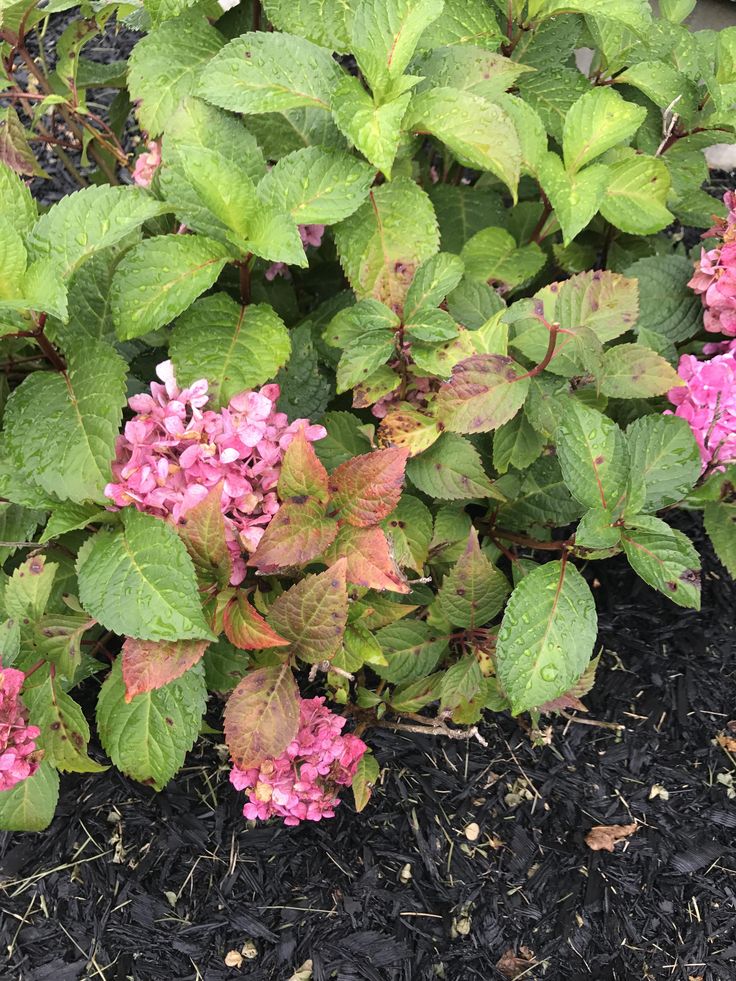 It's literally days away if you want to try and save the plant. nine0003
It's literally days away if you want to try and save the plant. nine0003
- due to a bacterial burn, young leaves with shoots turn black and, as it were, burn;
- Black mold leaves a sooty fungus that is regularly spread by insects;
- Due to root cancer, hydrangea leaves become covered with black spots, ulcers and swellings;
- Dry black spots chaotically scattered on the leaves from the edge, if the hydrangea is watered with too hard water;
- Nematodes destroy the root system, causing darkening and death of part of the soil. nine0003
White coating on hydrangea leaves
Every grower has at least once encountered a whitish velvety coating on the leaves, because all plants suffer from the fungus. And even garden pests sometimes populate the fragrant hydrangea and leave cobwebs behind them!
- Powdery mildew leaves a characteristic white coating and spreads on hot and humid days;
- when affected by white rot, the coating is rather slimy and covers brown spots;
- Gray mold is very similar to white mold, only the color of the spores is slightly darker.